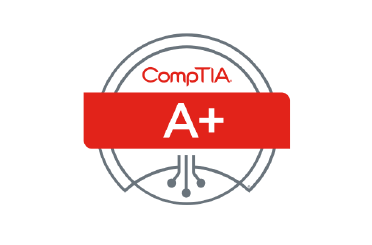In Transport layer, congestion control is performed by TCP. It is used to control the flow control through the window sizing, called the sliding window algorithm.
An initial data of a packet length determined by some systems using a multiple of their maximum segment size (MSS) which can go up to 65,535 bytes and can be scaled up as well. If the transmission is working without any packet drops then the size is kept on increasing.
Both Flow Control and Congestion Control are the traffic controlling methods in different situations.
The main difference between flow control and congestion control is that,
The difference between flow control and congestion control:
| Flow Control | Congestion Control | |
| Traffics are controlled which are flow from sender to receiver. | Traffics are controlled entering the network. | |
| Data link layer and Transport layer handle it. | Network layer and Transport layer handle it. | |
| Receiver’s data is prevented from being overwhelmed. | Network is prevented from congestion. | |
| Only sender is responsible for the traffic. | Transport layer is responsible for the traffic. | |
| Traffic is prevented by slowly sending by the sender. | Traffic is prevented by slowly transmitting by the transport layer. | |
| Buffer overrun is restrained in the receiver. | Buffer overrun is restrained in the intermediate systems in the network. |










































